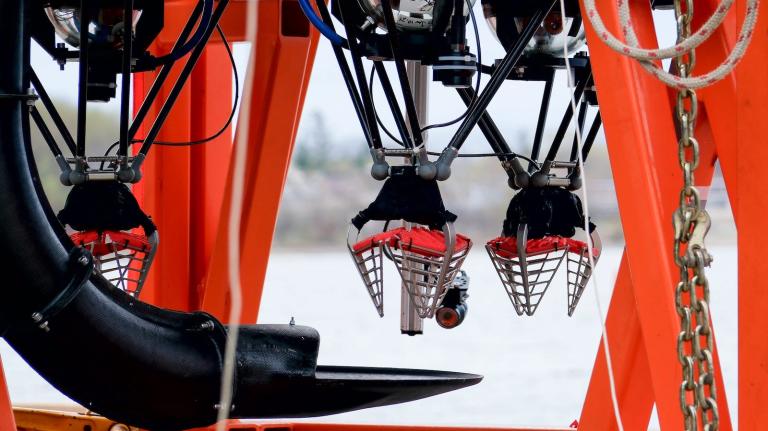David Roberts asks:
Another key question is how much money could be pumped into building sector energy efficiency, and how quickly. The feds and states do some weatherization of low-income homes through LIHEAP, but those are not large agencies and probably couldn’t handle tens of billions dumped on their heads. Beyond that, what?
Secure · Tax deductible · Takes 45 SecondsSecure · Tax deductible · Takes 45 Seconds
To answer the second question first: aid for existing transit. That’s quick green stimulus that would require virtually no ramp up. Every U.S. mass-passenger system I know of depends on subsidies — federal, state, and local. When the economy is bad and states and municipalities have less to share, transit is in trouble. When ridership grows and subsidies don’t grow to match, again, transit is in trouble. Yet from an emissions standpoint adding a rider to existing transit is almost pure gain. Most of the energy to drive a bus or train goes to propel the vehicle. Adding a passenger consumes almost no additional energy, yet in most cases displaces a car trip.
Right now we have both a loss of revenue and an increase in ridership. The likely result is combined fare increases with cuts in service which will drive customers away. So additional federal funds that at least allow systems to keep fares the same and serve new passengers — and ideally also allow transit systems to grow — would pay back their costs in many ways.
In terms of the question about building efficiency work:
I don’t think any department could administer a weather-sealing program with its current staff. They would need to ramp up. They would have to hire national staff, state staff, and local staff in every county and most municipalities, to hire trainers in turn, and then hire trained people to do the actual weather sealing.
This kind of ramp-up can take place fairly quickly. It is done for the census, and installing the administrative infrastructure would itself be a stimulus.
Probably the place to put it would be, as Roberts suggests, in the DOE, but as a whole new sub-department. Maybe they could raid LIHEAP for top administrators. Commercial services will weather and duct seal a residence for well under $400 (usually for under $300), so we could weather-seal essentially every home in the U.S. not currently properly sealed for under $40 billion.
Yes, I’m assuming that with administration, training, and labor the U.S. government could keep its costs competitive. It’s not as if existing commercial services don’t have administrative and training costs.
Weather and duct sealing have extremely fast paybacks. At worst they pay back their costs (including interest) in well under two years. In more severe climates it can happen in a matter of months.
I think we need to spend a lot more than $50 billion annually over a much longer time period. But if you want to spend $50-100 billion over the course of two years on green stimulus and get maximum return, then existing transit and weather- and duct-sealing could absorb the money quickly and provide a very good return.


